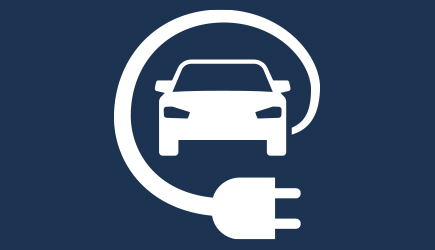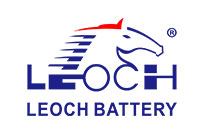
Power charging promotes ageing of e-car batteries
What is unthinkable for drivers of a combustion engine is reality for e-car drivers: after a certain time, the power of the battery decreases, which reduces the range of the vehicle. Although this could have been read in the operating instructions of the e-car, most drivers simply lack the patience for this.
The fact that rapid charging has an unfavourable effect on the service life of the battery was already shown in a long-term test with a small electric car carried out by the ADAC about 10 years ago. Regular full charging has equally negative effects. This is also referred to as degradation of the battery.
Ageing process accelerated by 17
In electric cars, it is chemical processes that accelerate the natural ageing of the battery. If the battery is charged to the point where it switches off by itself and also remains in this state for a longer period of time, the cell voltage is at a maximum. This leads to chemical reactions that cause the battery to wear out. Incidentally, the same also applies to complete discharge.
The Austrian company Aviloo has now shown that the loss of performance in batteries is not insignificant. As reported by the Bild-Zeitung, the experts examined the so-called state of health of the battery cells of various types of e-cars. The result is quite impressive: if a battery is regularly supplied with electricity exclusively via fast charging, the ageing process accelerates by 17 %, i.e. almost a fifth of the original storage capacity is lost - in addition to the wear and tear that occurs anyway in every battery.
However, since extremes are rarely encountered in practice, a range is better suited to illustrate the ageing process: between 93 % and 71 % residual capacity for e-cars, depending on whether the battery is almost never fast-charged or more frequently than in 80 % of all charging processes, as "Bild" continues to write.
Other factors influence battery performance
A whole range of factors influence battery performance. In addition to fast charging, full charging and complete discharging, heat plays a major role. If temperatures rise to 40 degrees, the battery ages very quickly - an increasingly realistic scenario in times of global warming. Another risk factor, as already mentioned, is parking the vehicle somewhere for a longer period of time with the fully charged battery. According to Aviloo technology director Nikolaus Mayerhofer, you have to imagine this ageing like a long stretched rubber band that wears out over time.
The latter point in particular presents car manufacturers with unimagined logistical challenges. Because in the future, one of the things that will have to be done is not to leave the vehicles "in stock" for too long. A danger that has been completely underestimated so far, as the former head of development at a major car manufacturer explains to FOCUS online. Because even regardless of improper use, a certain natural ageing of the battery can always be assumed.
And even with only occasional power charging using the CCS plug, the guaranteed charging time of 15 to 20 minutes can only be achieved under certain conditions. Certain environmental factors must be right and the battery must be in a precisely defined state of charge. If this is not the case, the charging time quickly increases to 45 minutes.
Shorter car lifespan in the future?
The problem is particularly relevant for buyers of used cars. In contrast, lessees and new car buyers continue to benefit from the mostly eight-year warranty on traction batteries. In the future, however, the problem described could have an impact on the average lifespan of e-cars: In Germany, this is 18 years. Whether this will remain the case in the future is still an open question. On the other hand, long-term tests conducted at the Technical University of Munich give cause for optimism. For example, the batteries of a VW ID.3 were subjected to such a text for long-term suitability, and the result turned out better than expected, according to representatives of the TU.
Tips for driving with e-cars
If only a few tips are taken into account, every e-car owner can effectively prevent battery wear. In the following, the editor-in-chief of EFAHRER.com, Germany's largest portal for e-cars, Sepp Reitberger, gives a few tips that can help maximise battery life.
First and foremost, fast charging with 200 kilowatts and more should be limited to cases where it is really necessary. In all other cases, charging should be done either at the wallbox at home or at one of the municipal charging stations - especially if it takes time to charge overnight. This also applies to models such as the Porsche Taycan, the Kia EV6 or the Hyundai Ioniq, whose manufacturers guarantee special charging speeds. Even then, you are on the safer side with regular AC charging at 11 or 22 kilowatts, says Reitberger.
And even with the Tesla models, it is advisable not to leave the 100 % fully charged car in the yard for longer. However, these models are designed for 3000 full charging cycles and more. Reitberger calculates that this corresponds to a mileage of more than one million kilometres.
A drop of bitterness
Nevertheless, a drop of bitterness remains. Because even if the customer can positively influence the service life of his batteries and there are references to this in the car's operating instructions: The fact remains that the specifications, such as maximum range and charging capacity, only apply under very narrowly defined conditions.
Source: focus.de, Sebastian Viehmann, 23.04.2023
Image: Battery-Kutter













